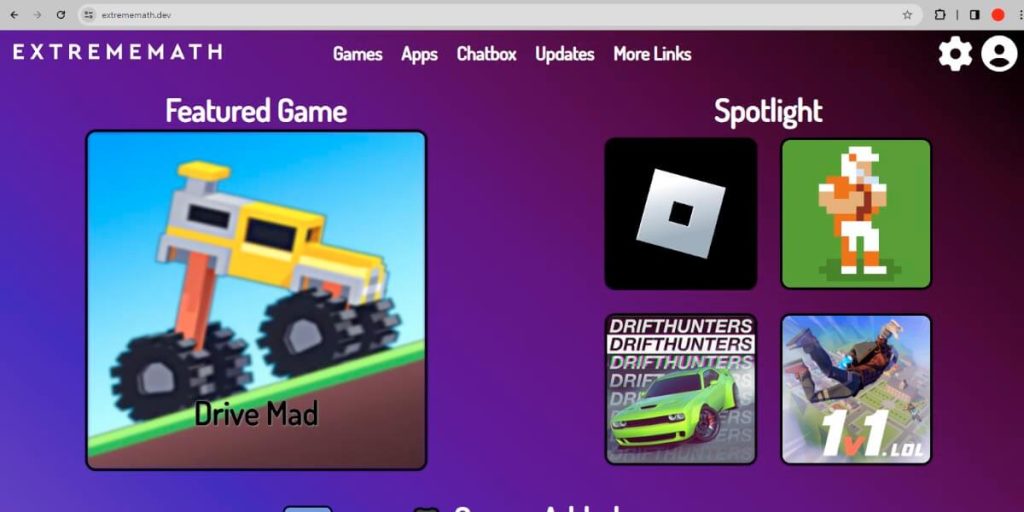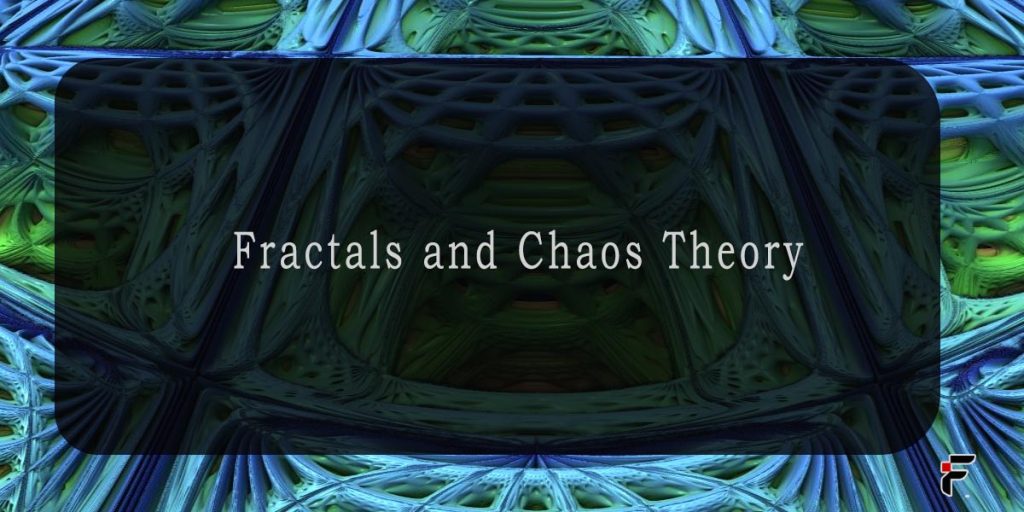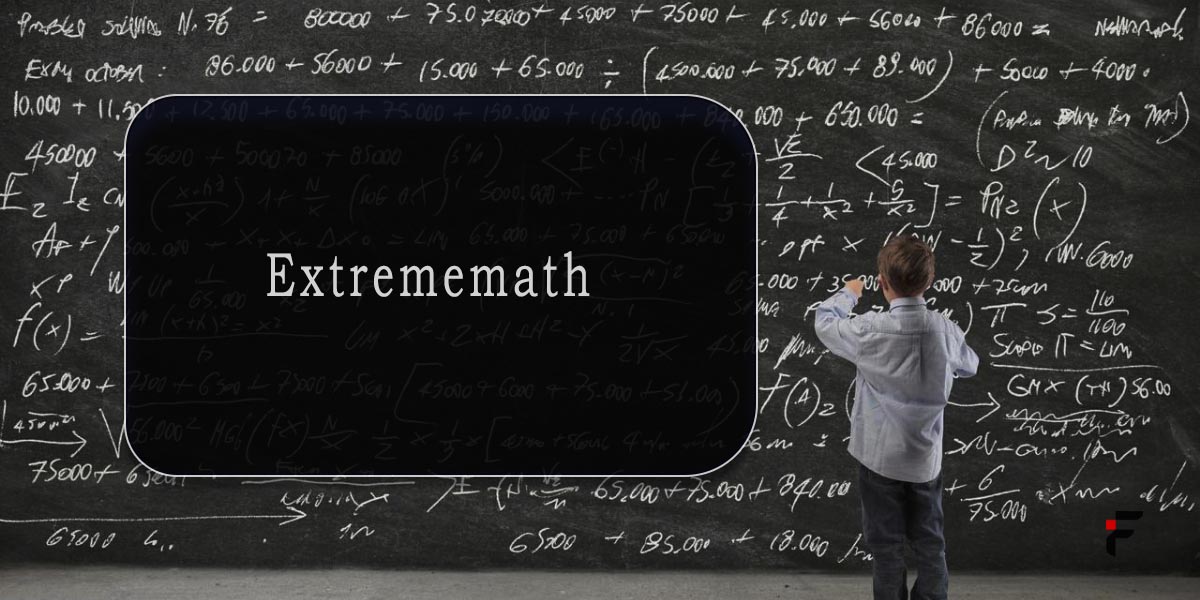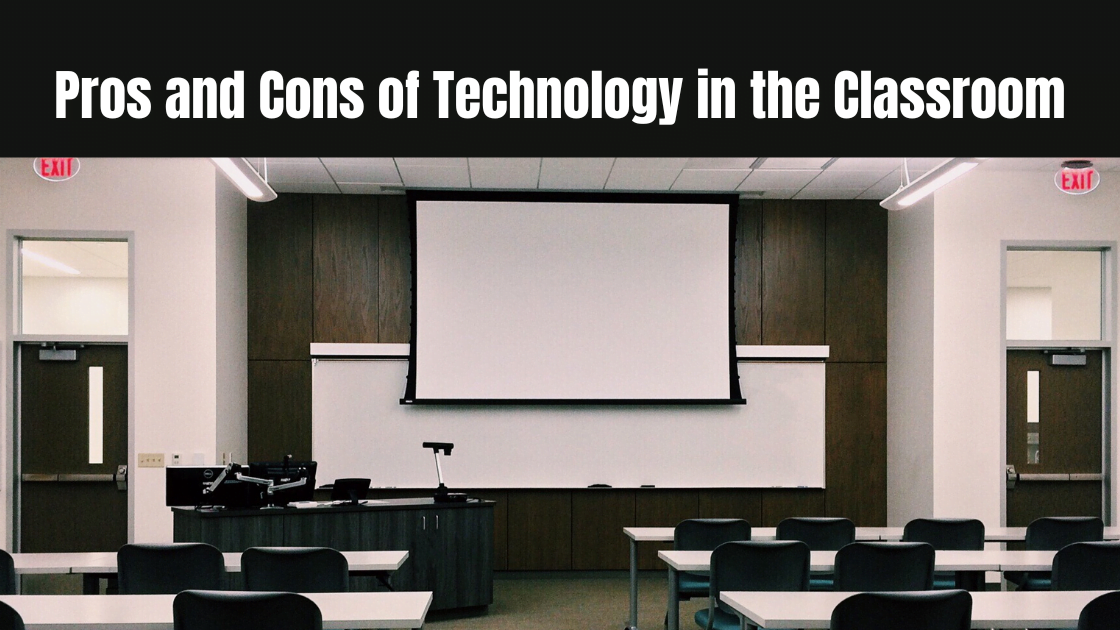Mathematics provides the foundation for understanding our complex world. From calculating financial risks to modeling climate change, advanced math powers scientific discovery and technological progress. However, some mathematical concepts push the very limits of human comprehension.
Infinite Sets in ExtremeMath
One of the most perplexing yet profoundly impactful mathematical concepts involve infinity. The very idea of an endless or unlimited set of objects seems paradoxical. However, different types of infinite sets have been formally defined and compared using set theory.
Countable and Uncountable Infinity
Sets can be countably or uncountably infinite. A countably infinite set, like the integers or rational numbers, can be paired one-to-one with the natural numbers. This allows listing and comparing members, like counting from 1 to infinity.
In contrast, uncountable infinite sets, like the real numbers, contain more members than can be paired or listed in this way. Their infinitude exceeds countable sets. This realization shook 19th-century mathematics, expanding notions of size and quantity.
Hilbert’s Hotel
German mathematician David Hilbert devised an experiment demonstrating uncountable infinity’s paradoxical properties. Imagine a hotel with a countably infinite number of rooms, all occupied. A new guest arrives asking for a room. Despite being fully booked, the hotel clerk can shift all existing guests to higher-numbered adjacent rooms, freeing up room #1 for the new arrival. This process can continue ad infinitum, accommodating an infinite number of new guests.
Cantor’s Diagonal Argument
Using his diagonal argument, Georg Cantor proved the set of real numbers is uncountably infinite. He showed any list of natural numbers can be extended by constructing a new number differing in the decimal place of each listed member. This unique number was not in the original list, proving real numbers cannot be combined with natural numbers.
Infinity’s paradoxical properties expanded mathematical and philosophical horizons. Today, infinite sets underpin areas as diverse as probability, computing, and cosmology. Their implications continue inspiring new questions at the frontiers of knowledge.
Non-Standard Analysis

Another area pushing math’s boundaries involves developing a rigorous framework for working with infinite and infinitesimal quantities. Such “non-standard analysis” emerged in the 1960s through Abraham Robinson’s work.
Robinson analyzed systems where not just standard numbers like integers exist but also infinite and infinitesimal numbers expressed as limits. For example, the regular part of 1/n as n approaches infinity is zero, representing an infinitesimal.
This allowed applying calculus techniques to infinite and infinitesimal quantities. Non-standard analysis validated previous intuitions of mathematicians like Leibniz, who envisioned infinitesimals as infinitely small yet real numbers. It also sheds new light on areas like measure theory and model theory.
Today, non-standard analysis finds applications in fields from physics to economics. It provides an alternative foundation for calculus that is more intuitive for some students. By formalizing a number system including infinite and infinitesimal quantities, non-standard analysis expands math’s conceptual horizons.
Hyperbolic Geometry
While standard Euclidean geometry describes flat, two-dimensional spaces, other geometries exist modeling non-Euclidean surfaces. One such geometry involves hyperbolic spaces exhibiting counterintuitive properties.
In hyperbolic planes, the interior angles of a triangle sum to less than 180 degrees. As distance from a point increases, circumference also grows more rapidly than in Euclidean spaces. This allows an infinite area within a finite boundary.
Such hyperbolic surfaces fascinated mathematicians like Gauss and Bolyai, who helped develop the field in the early 19th century. Today, hyperbolic geometry finds diverse applications, from modeling curved spacetime to designing error-correcting codes.
Fascinatingly, hyperbolic patterns appear throughout nature on surfaces like saddle-shaped proteins and folded landscapes. Constructions like the Poincaré disk model allow visualization of hyperbolic planes embedded within a standard disk.
Hyperbolic geometry continues expanding our notions of space. It illustrates how mathematics describes our observable universe and imaginable realms beyond everyday experience.
Large Numbers
While infinity expands our conception of quantity, defined large numbers also push comprehension. Concepts like Graham’s number highlight math’s ability to quantify vastness far exceeding everyday scales.
Graham’s Number
In the 1970s, Ronald Graham introduced this number defined iteratively to solve a problem in Ramsey’s theory. Its value is so immense that writing it out in standard form would require more atoms than in the observable universe. Even shorthand representations defy direct comprehension.
Yet Graham’s number has a precise definition and properties studied by mathematicians. It illustrates how math can precisely quantify scales beyond imagination by building from fundamental rules and operations.
Googol and Beyond
Other defined large numbers include googol (10^100), googolplex (10^googol), and numbers with specific prime factorizations. While unfathomably huge, they obey mathematical rules and relations like more familiar quantities. Defining and comparing ultra-large numbers continues expanding math’s expressive power.
Areas like number theory and combinatorics involve calculating properties of immense integers. Even without direct comprehension, rigorous logic allows deducing truths about numbers larger than concepts. Their precise definitions illustrate math’s ability to quantify scales far exceeding human experience.
Fractals and Chaos Theory

Geometry also encounters extremes in fractals – self-similar patterns exhibiting fractional dimensions. Fractals reveal the pervasive complexity underlying natural forms like ferns, mountains, and coastlines. They also model chaotic dynamical systems sensitive to initial conditions.
Fractal Dimensions
While standard geometry involves integers as dimensions, fractals can have non-integer fractal dimensions, quantifying their recursive self-similarity. For example, the Koch snowflake curve is around 1.2619, more significant than a line but less than a plane.
Mandelbrot and Julia Sets
Iconic fractals like the Mandelbrot and Julia sets arise from studying the behavior of complex functions iterated over themselves. Zooming into their intricate, infinitely recursive patterns reveals ever-finer geometric detail without limits. They provide windows into the deep order underlying chaotic dynamical systems.
Strange Attractors
In chaos theory, fractals help visualize strange attractors – patterns towards which dynamical systems evolve. Simple techniques like the logistic map iterating a quadratic function can generate intricate fractal attractors. Their complexity arises from exponential sensitivity to initial values.
Fractals continue to inspire due to their ubiquity and ability to model irregular natural forms mathematically. They also represent frontiers where geometry encounters randomness, chaos, and complexity on multiple scales. Their study expands notions of dimension, pattern, and order.
Applications and Impacts
While pushing comprehension, Extrememath also informs diverse real-world applications from cryptography to cosmology. A few examples:
Number theory enables secure encryption keys through problems like integer factorization that are easy in one direction but challenging in reverse. Fractal patterns help optimize antenna and circuit designs by packing maximum structure into minimal space.
Non-Euclidean geometries like hyperbolic spaces aid in modeling phenomena like earthquakes along curved fault lines. Chaos theory and fractals shed light on complex natural systems, from population dynamics to climate science.
String theory’s extra spacetime dimensions may exhibit hyperbolic properties beyond our direct perception on tiny scales. Infinite sets underlie probability and statistics, allowing quantifying processes with unlimited outcomes from genetic combinations to stock market fluctuations.
By quantifying scales beyond everyday experience, Extrememath expands the language used to describe our universe. Its mind-stretching concepts enable discoveries at the frontiers of science, technology, and beyond.
Read More: Redbird Mathematics Online Math Program Review
Conclusion
Voyaging into Extrememath challenges our notions of size, dimension, pattern, and possibility. Concepts like infinity, fractals, and non-Euclidean geometries push the limits of human comprehension. Yet their precise definitions through logic and abstraction allow us to deduce profound truths about our world.
While some problems may remain unsolved, exploring mathematical frontiers expands imagination and inspires new questions. The field’s paradoxes also remind us of limitations to human understanding. Overall, Extrememath illustrates mathematics’ power to quantify precisely what seems beyond quantification through rigorous yet expansive reasoning. Its implications will likely enableg discoveries far into the future.




